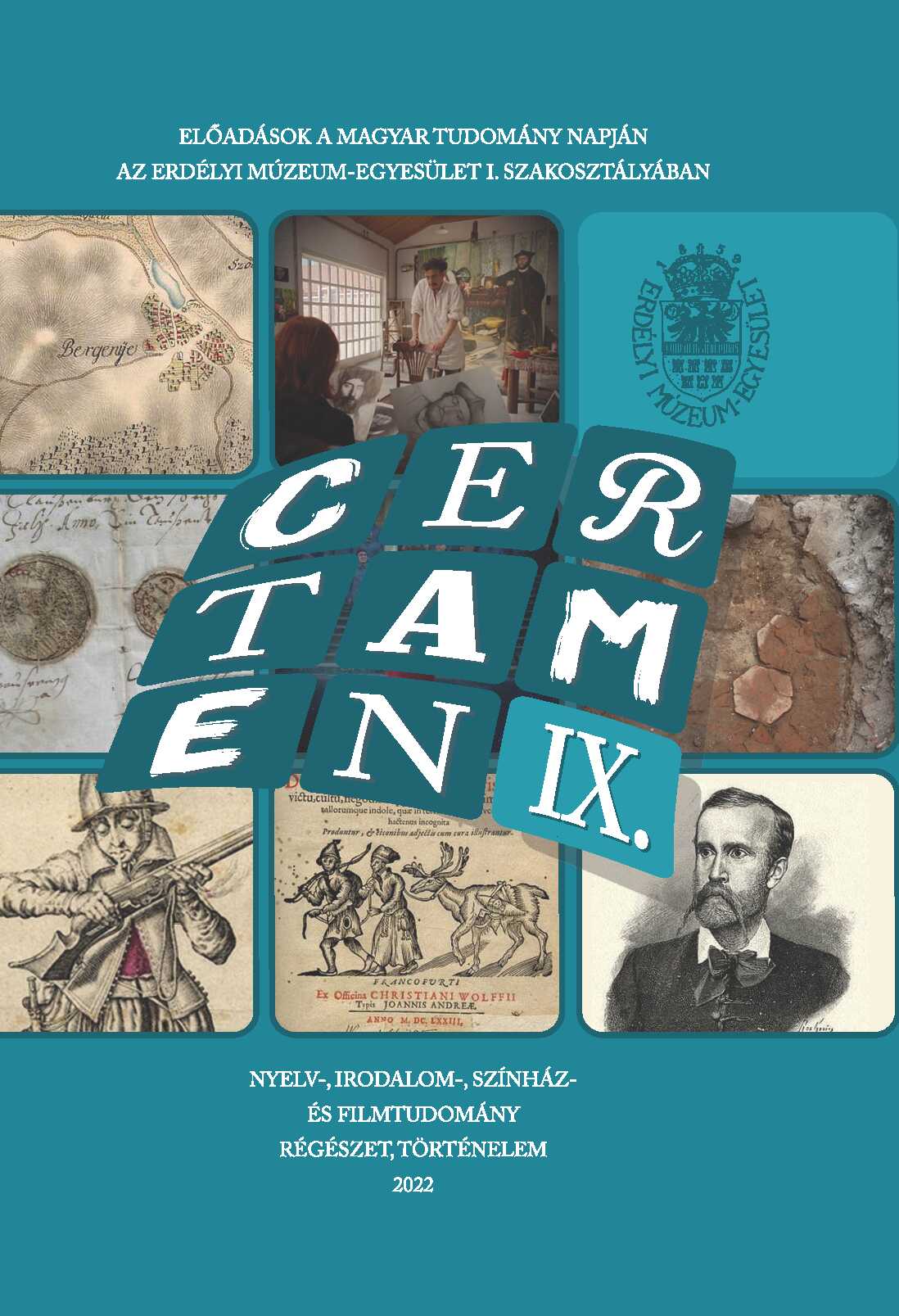Egy irodalmi kartográfia léptékei. Bálint Tibor pályakezdésének problematikája
The Scale of a Literary Cartography. Tibor Bálint’s Debut: Landmarks of Interpretation
Author(s): Zsuzsa DemeterSubject(s): Hungarian Literature, Theory of Literature, Sociology of Literature
Published by: Erdélyi Múzeum-Egyesület
Keywords: Utunk; István Szilágyi; literary debate; social realism; perceptions of authorial roles; Tibor Bálint’s short prose
Summary/Abstract: Since his debut, Tibor Bálint has had a major influence on the development of press and publicity in Romania. While being an author and editor of various periodicals (such as Előre, Ifjúmunkás, Falvak Dolgozó Népe, or the children’s literature magazine Napsugár), Bálint regularly wrote for other literary journals (Utunk, Igaz Szó, Korunk, and A Hét). These publications outline an oeuvre that is less visible today. But will I learn the reason why Tibor Bálint, along with his contemporaries, was forced to meet certain expectations of ideological criticism, or, more importantly: how did the authors themselves view their work? The significance of the latter is debatable, nonetheless, it is unavoidable in order to understand how publicity was perceived that time and the context in which Bálint’s early works were born. Certainly, reading the former critical reception or some of Bálint’s non-literary publications, one may have a grip on how he (may have) viewed Communism, the working class and ideological literature. However, this requires a complex reading which inherently presumes certain interpretative speculations. To some degree, I have found answers to my questions in one of István Szilágyi’s publications. His depiction of the era could bring one closer to the understanding of Bálint’s early works.
Journal: Certamen
- Issue Year: 2022
- Issue No: IX
- Page Range: 69-79
- Page Count: 11
- Language: Hungarian

